Home>Furniture>Outdoor Furniture>What To Clean Patio Furniture With
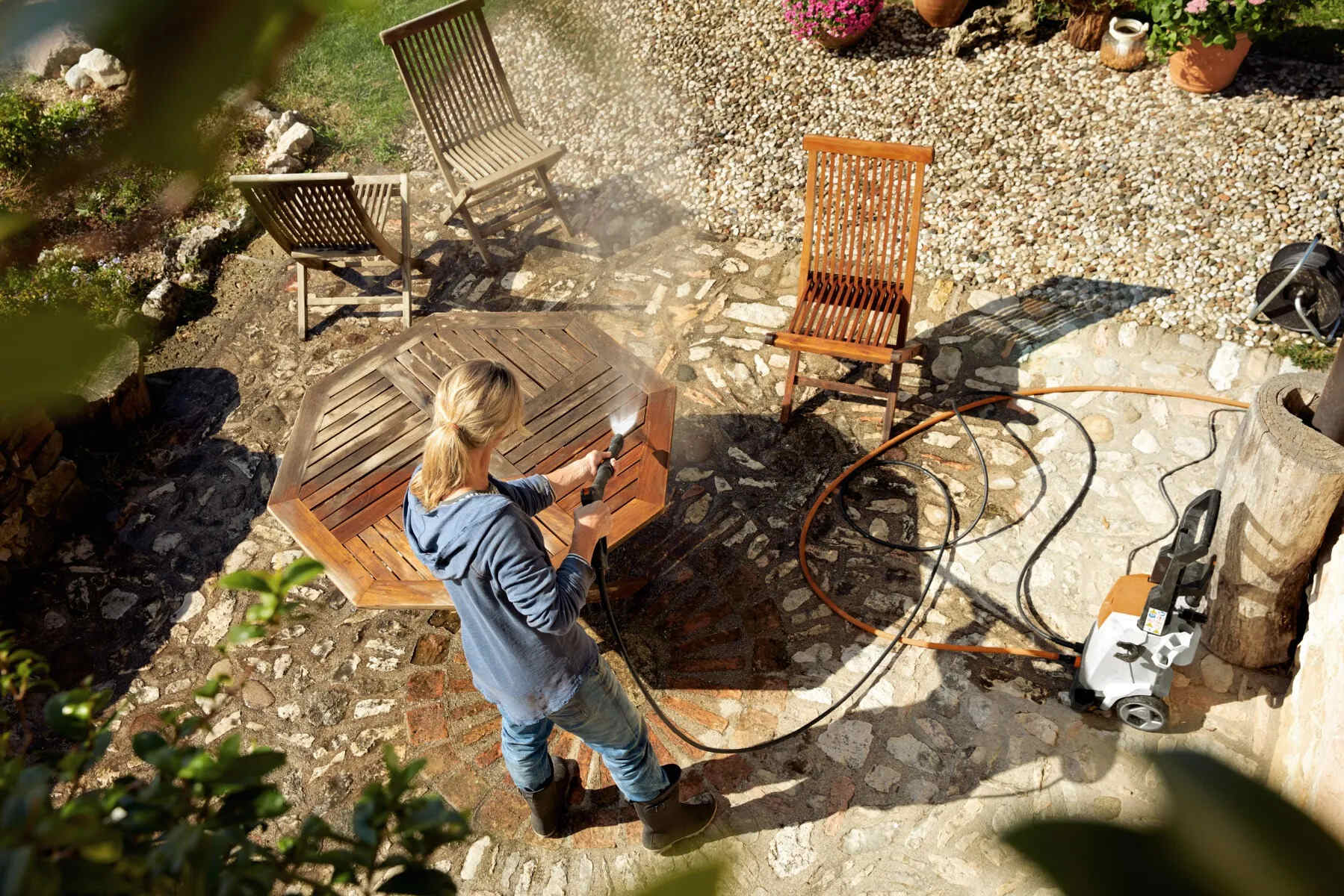

Outdoor Furniture
What To Clean Patio Furniture With
Modified: March 7, 2024
Keep your outdoor furniture looking fresh and clean with the right cleaning products. Discover the best solutions for cleaning outdoor furniture and maintaining its pristine condition.
(Many of the links in this article redirect to a specific reviewed product. Your purchase of these products through affiliate links helps to generate commission for Storables.com, at no extra cost. Learn more)
Introduction
Welcome to the world of outdoor living and relaxation! Having a patio or outdoor space can be a wonderful way to enjoy the beauty of nature, host gatherings with friends and family, or simply unwind after a long day. To truly make the most of your outdoor oasis, it’s important to keep your patio furniture clean and well-maintained.
Outdoor furniture is constantly exposed to the elements – from the scorching sun and intense heat, to rain, wind, and even snow. Over time, dirt, dust, pollen, bird droppings, and other debris can accumulate on your furniture, making it look worn, dull, and dirty. Regular cleaning not only helps to keep your patio furniture looking its best, but it also helps to extend its lifespan and maintain its functionality.
When it comes to cleaning your patio furniture, you may wonder where to start and what products to use. In this article, we will guide you through the process of cleaning your outdoor furniture, from selecting the right cleaning solutions to providing tips for various types of materials and fabrics. So, let’s dive in and discover how to keep your patio furniture looking fresh, vibrant, and inviting!
Key Takeaways:
- Regular cleaning and maintenance of patio furniture is crucial to prolong its lifespan, maintain its appearance, and ensure comfort and hygiene for outdoor relaxation and entertainment.
- Selecting the right cleaning solution and following specific cleaning tips for different types of patio furniture materials are essential for keeping outdoor furniture looking fresh, vibrant, and inviting.
Read more: How To Clean Wicker Patio Furniture
Why Cleaning Patio Furniture is Important
Regular cleaning of your patio furniture is essential for several reasons. Here are a few key reasons why keeping your outdoor furniture clean should be a priority:
- Prolongs the lifespan: Outdoor furniture, especially those made from materials like wood, wicker, or metal, are prone to damage if not properly maintained. Regular cleaning removes dirt, grime, and other substances that can cause deterioration, helping to extend the lifespan of your furniture.
- Maintains appearance: Outdoor furniture is exposed to the elements, which can cause it to fade, become discolored or develop stains. By cleaning your patio furniture regularly, you can prevent discoloration and maintain its original appearance.
- Prevents mold and mildew: Outdoor furniture is often subjected to moisture, which can lead to the growth of mold and mildew. Regular cleaning, especially in humid climates, helps to prevent the buildup of these harmful organisms that can damage both the furniture and pose health risks.
- Ensures comfort and hygiene: Nobody wants to sit on dirty, stained, or moldy furniture. Regular cleaning ensures that your outdoor seating areas remain comfortable, hygienic, and inviting for you, your family, and your guests to enjoy.
- Enhances resale value: If you plan to sell or upgrade your patio furniture in the future, proper maintenance and cleaning can significantly enhance its resale value. Potential buyers will be more inclined to purchase well-maintained furniture that looks clean and inviting.
Now that we understand the importance of cleaning patio furniture, let’s move on to the next step: selecting the right cleaning solution.
Selecting the Right Cleaning Solution
When it comes to cleaning your patio furniture, selecting the right cleaning solution is crucial to ensure effective cleaning without causing any damage. Here are some tips to help you choose the appropriate cleaning solution:
- Consider the material: Different materials require different cleaning solutions. For example, wooden furniture may require a gentle soap and water solution, while metal furniture can tolerate stronger cleaners. Check the manufacturer’s recommendations or do some research to determine the most suitable cleaning solution for your specific furniture material.
- Avoid harsh chemicals: While it may be tempting to use strong chemicals for tough stains, it’s best to avoid bleach, ammonia, or other harsh cleaning agents. These can damage the furniture’s finish or cause discoloration. Opt for milder, eco-friendly cleaners or homemade solutions instead.
- Test on a small area: Before applying any cleaning solution to your entire furniture piece, test it on a small, inconspicuous area. This will help you ensure that it doesn’t cause any adverse reactions or damage the material.
- Look for specialized cleaners: Some materials, such as teak or rattan, may have specialized cleaners available on the market. These cleaners are formulated specifically for the material and can provide excellent results without harming the furniture.
- Read product labels and instructions: Whether you’re using a commercial cleaner or a DIY solution, make sure to carefully read the product labels and follow the instructions provided. This will help you understand the proper dilution ratios, application methods, and any safety precautions to take.
Remember, prevention is key. Regularly cleaning your patio furniture with gentle solutions and promptly addressing spills or stains can help prevent the need for stronger or more aggressive cleaning methods in the future. Now that you know how to select the appropriate cleaning solution, let’s move on to specific cleaning tips for different types of patio furniture.
Cleaning Tips for Different Types of Patio Furniture
Each type of patio furniture requires specific cleaning techniques to ensure optimal results. Here are some cleaning tips for different types of commonly used outdoor furniture:
1. Wood Furniture:
Wood furniture adds a natural and timeless appeal to your outdoor space. To clean wood furniture:
- Start by removing loose dirt and debris with a soft brush or cloth.
- Mix a mild soap or dishwashing liquid with water in a bucket.
- Gently scrub the wood furniture using a soft-bristle brush or sponge, making sure to pay attention to any areas with stains or grime.
- Rinse thoroughly with clean water and let it air dry completely before using or applying any protective sealants.
- Apply a wood sealer or protector to help maintain the wood’s natural beauty and protect it from the elements.
Read more: How To Clean Plastic Patio Furniture
2. Metal Furniture:
Metal furniture, such as wrought iron or aluminum, is durable and resistant to the elements. Here’s how to clean metal furniture:
- Use a soft brush or cloth to remove loose dirt and debris.
- Mix a mild detergent or dish soap with water in a bucket.
- Dip a sponge or cloth into the soapy water and gently scrub the metal surfaces.
- Rinse thoroughly with clean water and dry with a soft cloth or let it air dry.
- Apply a clear automotive wax or metal sealer to protect the metal and enhance its shine.
3. Wicker Furniture:
Wicker furniture is made from natural or synthetic materials and requires special care to prevent damage. Follow these steps to clean wicker furniture:
- Remove loose dirt and dust with a soft brush or vacuum cleaner using a brush attachment.
- Mix a solution of warm water and mild dish soap.
- Gently scrub the wicker furniture using a soft brush or cloth.
- Rinse well with clean water and wipe dry with a soft cloth.
- Avoid getting wicker furniture excessively wet, as it can cause the material to become weak or sag.
4. Plastic Furniture:
Plastic furniture is lightweight, affordable, and easy to maintain. To clean plastic furniture:
- Wipe away any loose dirt and debris using a damp cloth or sponge.
- For stubborn stains, mix a solution of warm water and mild dish soap.
- Scrub the plastic furniture using a soft brush or sponge.
- Rinse thoroughly with clean water and let it air dry.
- Apply a vinyl cleaner or protectant to prevent fading and cracking.
Remember to always follow the manufacturer”s instructions for specific cleaning and maintenance recommendations for your furniture. Now that you know how to clean different types of patio furniture, let’s move on to cleaning patio cushions and fabric.
Cleaning Patio Cushions and Fabric
Patio cushions and fabric can make your outdoor furniture comfortable and inviting. However, they are prone to stains, dirt, and mildew, especially if left exposed to the elements. Here are some tips on how to clean patio cushions and fabric:
Read more: How To Clean Patio Furniture Cushions
1. Read the care instructions:
Before cleaning your patio cushions or fabric, check the care instructions provided by the manufacturer. This will guide you on the recommended cleaning methods and any specific products to use or avoid.
2. Spot cleaning:
If you only have small stains or spills on your cushions, spot cleaning is usually sufficient. Here’s how:
- Blot any excess liquid or residue with a clean cloth or paper towel as soon as possible.
- Mix a mild detergent or laundry soap with warm water.
- Dip a soft-bristle brush or sponge into the soapy solution and gently scrub the stained area.
- Rinse thoroughly with clean water and pat dry with a towel.
3. Machine washing:
For removable and machine-washable cushion covers and fabric, follow these steps:
- Remove the cushion covers, if possible, and unzip any removable covers.
- Check the care instructions for guidelines on water temperature and suitable laundry detergents.
- Wash the covers in a washing machine on a gentle or delicate cycle.
- Hang or lay the covers flat to air dry. Avoid putting them in a dryer, as it can shrink or damage the fabric.
4. Mildew removal:
If you notice mildew on your patio cushions or fabric, take prompt action to prevent further growth:
- Mix equal parts of water and white vinegar in a spray bottle.
- Spray the affected areas with the vinegar solution and scrub gently with a brush or sponge.
- Rinse thoroughly with clean water and let it air dry completely before using.
- If the mildew persists, consider using a mildew-specific fabric cleaner following the manufacturer’s instructions.
Remember to avoid using bleach or harsh chemicals on fabric, as they may cause discoloration or damage. It’s also a good idea to store your patio cushions indoors during prolonged periods of non-use or inclement weather to minimize exposure to dirt and moisture.
Now that you know how to clean patio cushions and fabric, let’s move on to removing tough stains and mold from your outdoor furniture.
Read more: How To Clean Patio Furniture Mesh
Removing Tough Stains and Mold
Despite your best efforts, outdoor furniture can still encounter tough stains and the growth of mold or mildew. Here are some effective methods for removing these stubborn issues:
1. Tough Stain Removal:
- Identify the type of stain – whether it’s from food, grease, or other substances – to determine the appropriate cleaning method.
- For fabric cushions, check the manufacturer’s instructions for stain treatment recommendations.
- For non-fabric surfaces, a mixture of warm water and mild dish soap usually works well.
- Gently scrub the stained area with a soft brush or a cloth soaked in the cleaning solution.
- Rinse thoroughly with clean water and allow it to air dry.
- If the stain persists, you may need to use a specialized stain remover or consult a professional for further assistance.
2. Mold and Mildew Removal:
- Prepare a solution of equal parts water and white vinegar or bleach. Alternatively, you can use a commercial mold and mildew cleaner.
- Apply the solution to the affected areas, ensuring thorough coverage.
- Allow the solution to sit for a few minutes to penetrate the mold or mildew.
- Gently scrub the affected areas with a soft brush or sponge.
- Rinse the furniture thoroughly with clean water to remove any residue.
- Allow the furniture to dry completely, preferably in the sun to discourage further mold or mildew growth.
- Check for any remaining mold or mildew and repeat the process if necessary.
- To prevent future mold and mildew growth, ensure proper ventilation and consider using furniture covers or storing furniture during periods of heavy rain or high humidity.
Remember to wear protective gloves and work in a well-ventilated area when using bleach or commercial mold and mildew cleaners. Always follow the manufacturer’s instructions for proper use and safety precautions.
By effectively removing tough stains and mold, you can restore the beauty of your outdoor furniture and keep it in top condition for years to come.
Now that you know how to handle tough stains and mold, let’s move on to maintenance and storage tips to keep your patio furniture looking great.
Maintenance and Storage Tips
Regular maintenance and proper storage can greatly prolong the life and beauty of your patio furniture. Here are some key maintenance and storage tips to keep in mind:
Read more: How To Clean Iron Patio Furniture
1. Regular Cleaning:
- Perform regular cleaning at least once a month to remove dirt, debris, and prevent the buildup of stains.
- Use a soft brush or cloth to dust off furniture surfaces and cushions.
- Follow the previous cleaning tips specific to your furniture material.
2. Apply Protective Coating:
- Consider applying a protective coating or sealant to wood, metal, or other susceptible materials to enhance durability and resistance to the elements.
- Check the manufacturer’s recommendations for the appropriate products and application instructions.
3. Check for Loose or Damaged Parts:
- Regularly inspect your furniture for any loose screws, bolts, or damaged parts.
- Tighten or replace any loose or damaged components to maintain structural integrity.
4. Cushion Storage:
- If possible, store cushions indoors when not in use to protect them from sun exposure and moisture.
- Ensure the cushions are completely dry to prevent the growth of mold or mildew.
- Consider using storage bags or containers to keep them clean and organized.
Read more: How To Clean Fabric Patio Furniture
5. Furniture Covers:
- Invest in high-quality, weatherproof furniture covers to protect your outdoor furniture from the elements.
- Ensure the covers fit properly and cover the entire furniture piece.
- Use covers during periods of non-use or inclement weather, such as heavy rain, snow, or strong UV exposure.
6. Winter Storage:
- In areas with harsh winters, it’s recommended to store your outdoor furniture indoors during the winter months.
- Clean and dry the furniture thoroughly before storing to prevent mold, rust, or other damage.
- Disassemble larger furniture pieces if possible to save space and make storage easier.
By following these maintenance and storage tips, you can ensure the longevity and continued beauty of your patio furniture. Now that we’ve covered all the essential care techniques, let’s wrap up this guide.
Conclusion
Keeping your outdoor furniture clean and well-maintained is not only important for its appearance but also for its longevity and functionality. Regular cleaning, proper storage, and effective maintenance can help you enjoy your patio furniture for years to come. By following the tips and techniques outlined in this guide, you can keep your patio furniture looking its best and create an inviting outdoor space for relaxation and entertainment.
Start by selecting the right cleaning solution based on the material of your furniture, taking care to avoid harsh chemicals that can cause damage. Clean your furniture regularly, paying attention to specific cleaning tips for different types of materials such as wood, metal, wicker, and plastic. Additionally, don’t forget to clean and maintain your patio cushions and fabric, removing tough stains and preventing the growth of mold and mildew.
Implementing proper maintenance and storage practices such as applying protective coatings, checking for loose or damaged parts, and using furniture covers can significantly extend the life of your outdoor furniture. When winter arrives, consider storing your furniture indoors or in a protected area to shield it from harsh weather conditions. These actions will help prevent damage and ensure that your furniture remains in excellent condition year after year.
Remember, a little care and attention go a long way in preserving the beauty and functionality of your patio furniture. Invest the time and effort in cleaning and maintaining your outdoor oasis, and you’ll be rewarded with a comfortable, inviting, and appealing space to enjoy with family and friends. So, get started today and make your patio furniture shine!
Frequently Asked Questions about What To Clean Patio Furniture With
Was this page helpful?
At Storables.com, we guarantee accurate and reliable information. Our content, validated by Expert Board Contributors, is crafted following stringent Editorial Policies. We're committed to providing you with well-researched, expert-backed insights for all your informational needs.
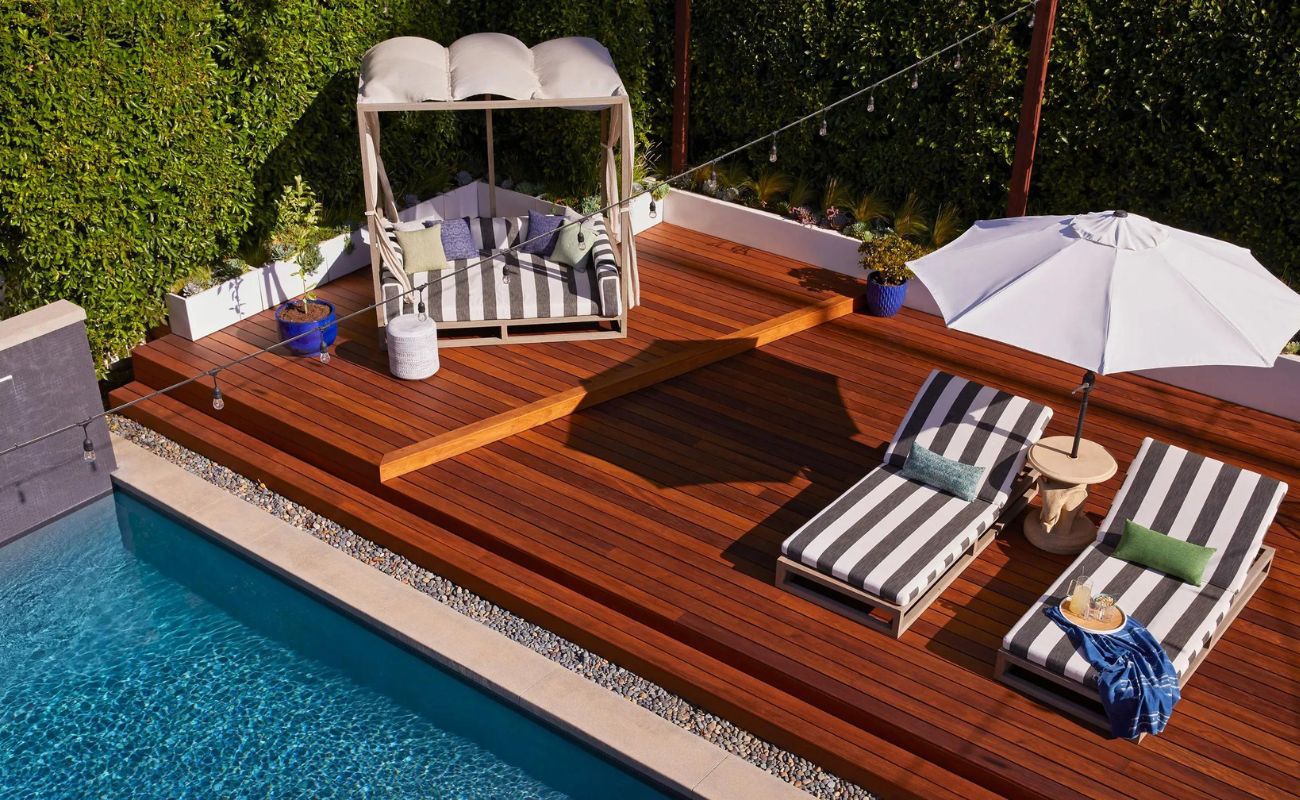
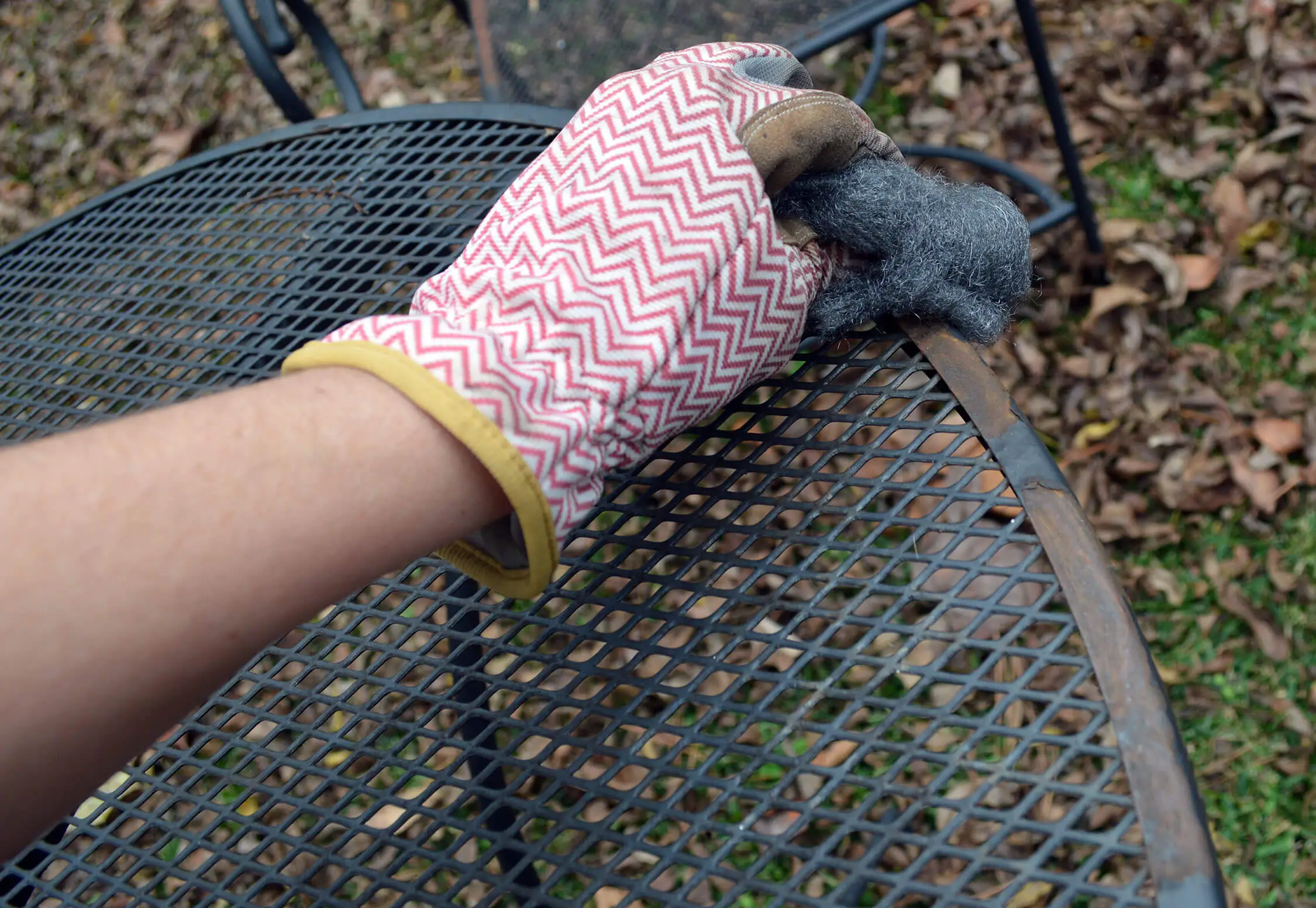
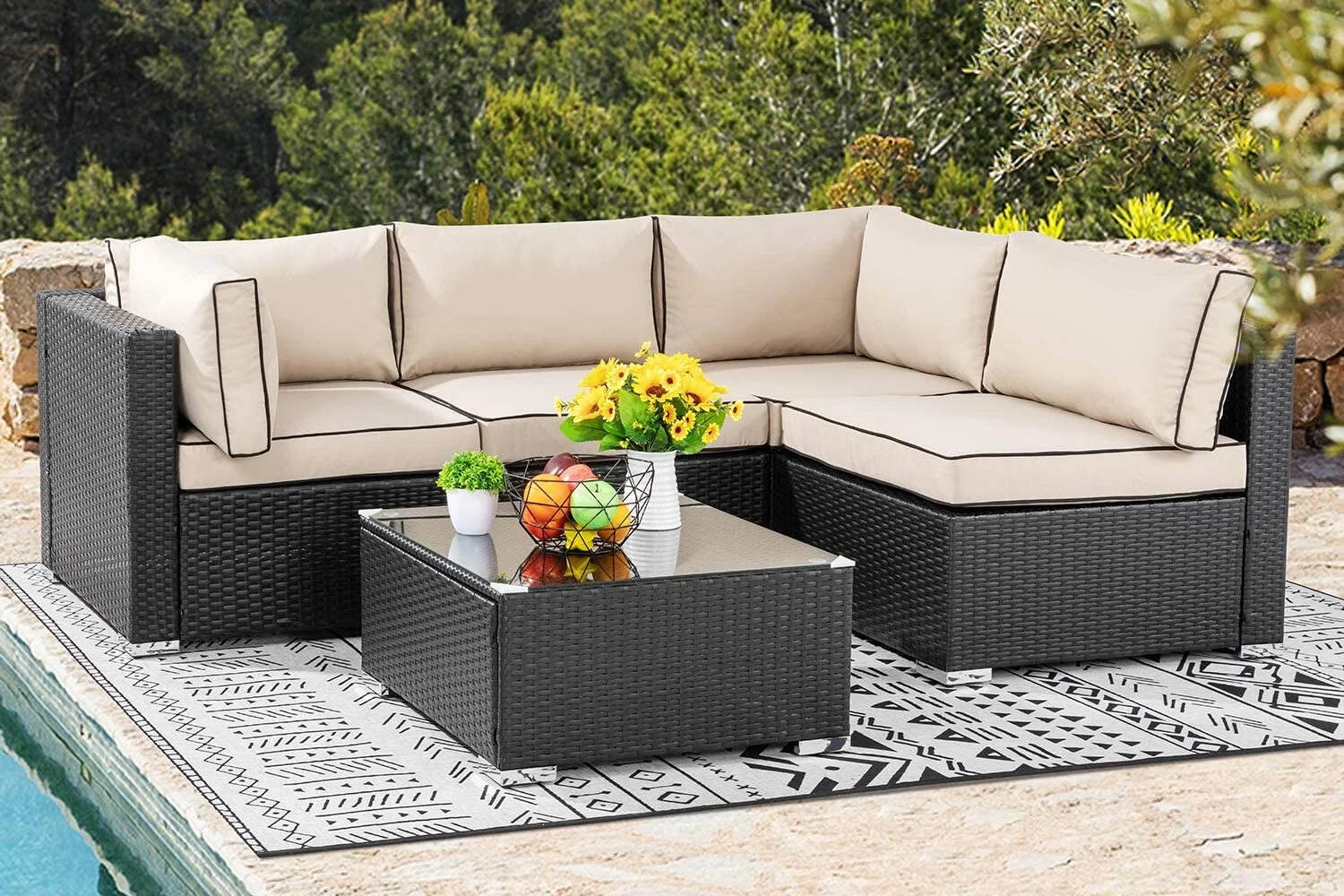
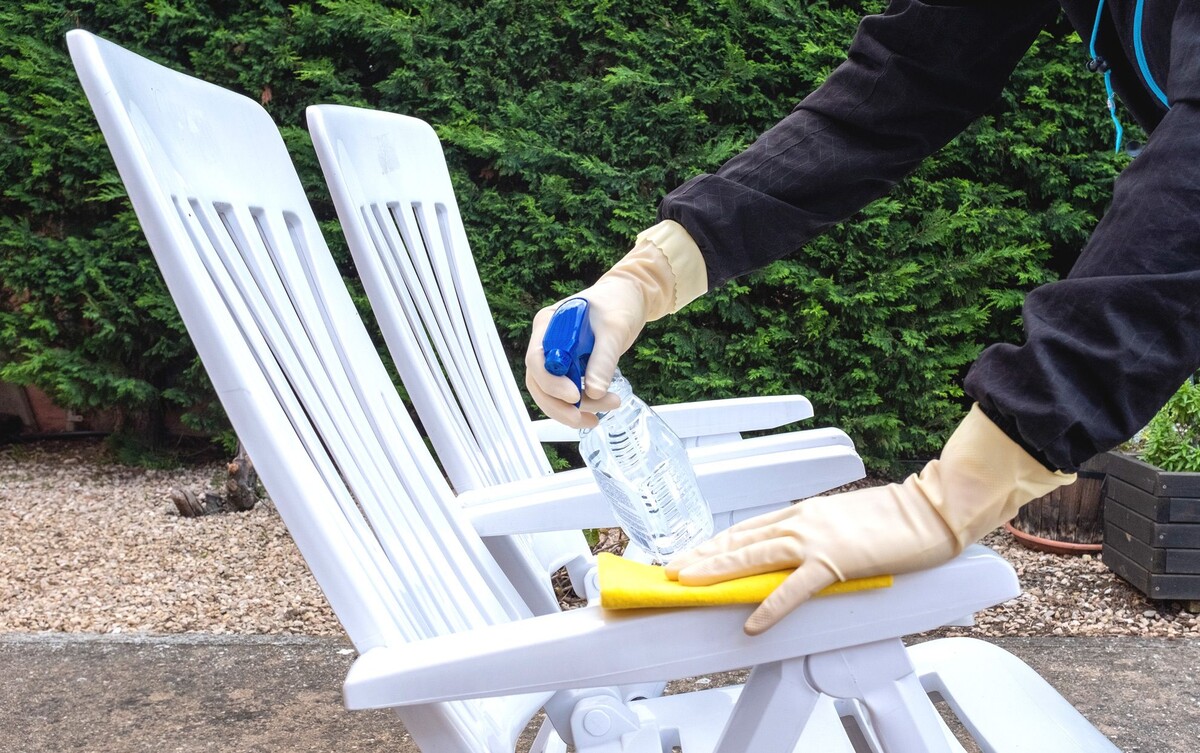
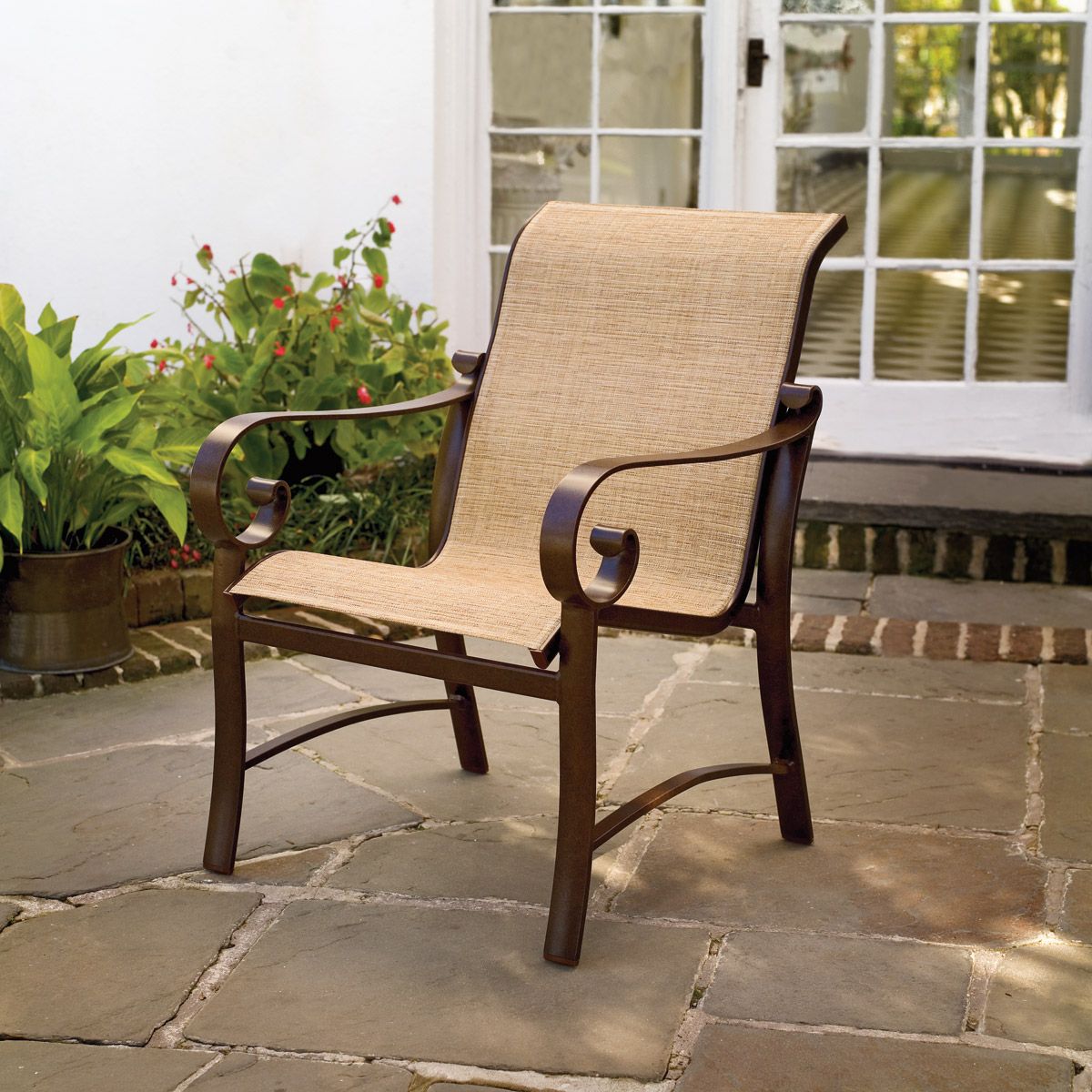
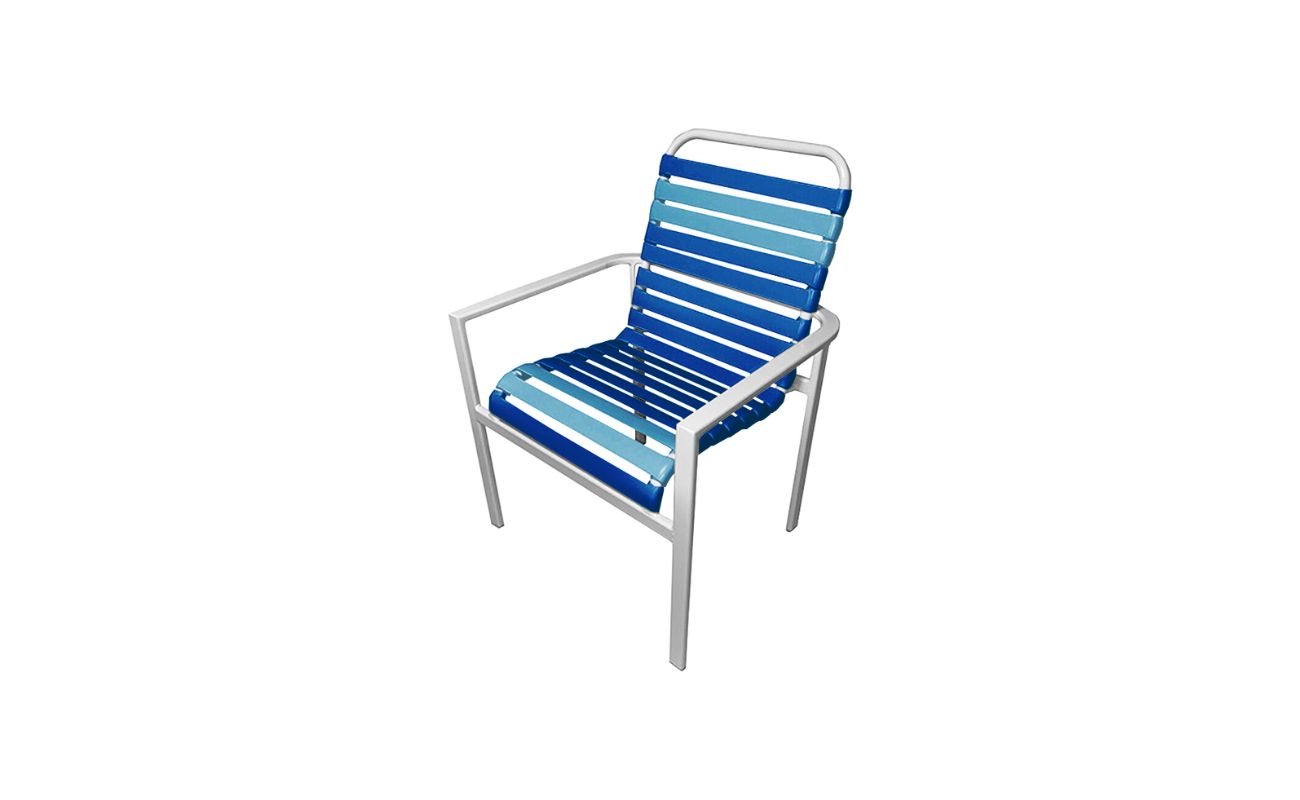
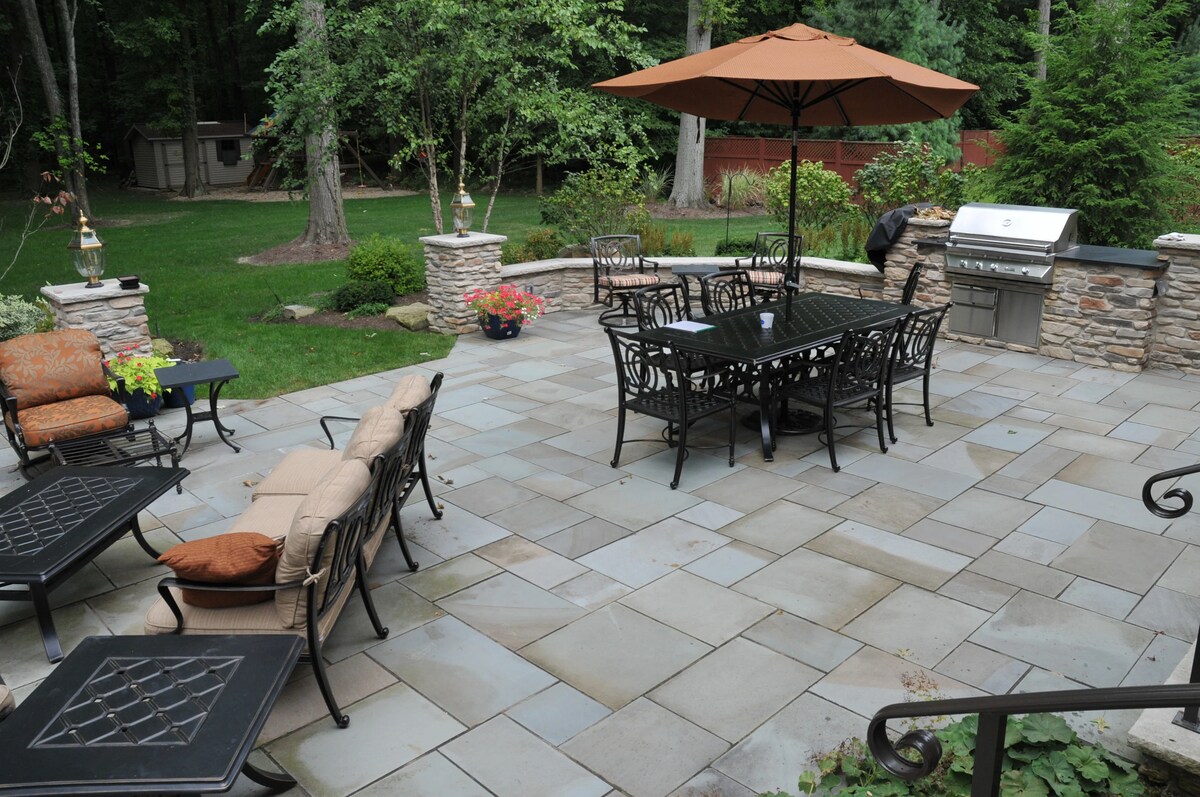
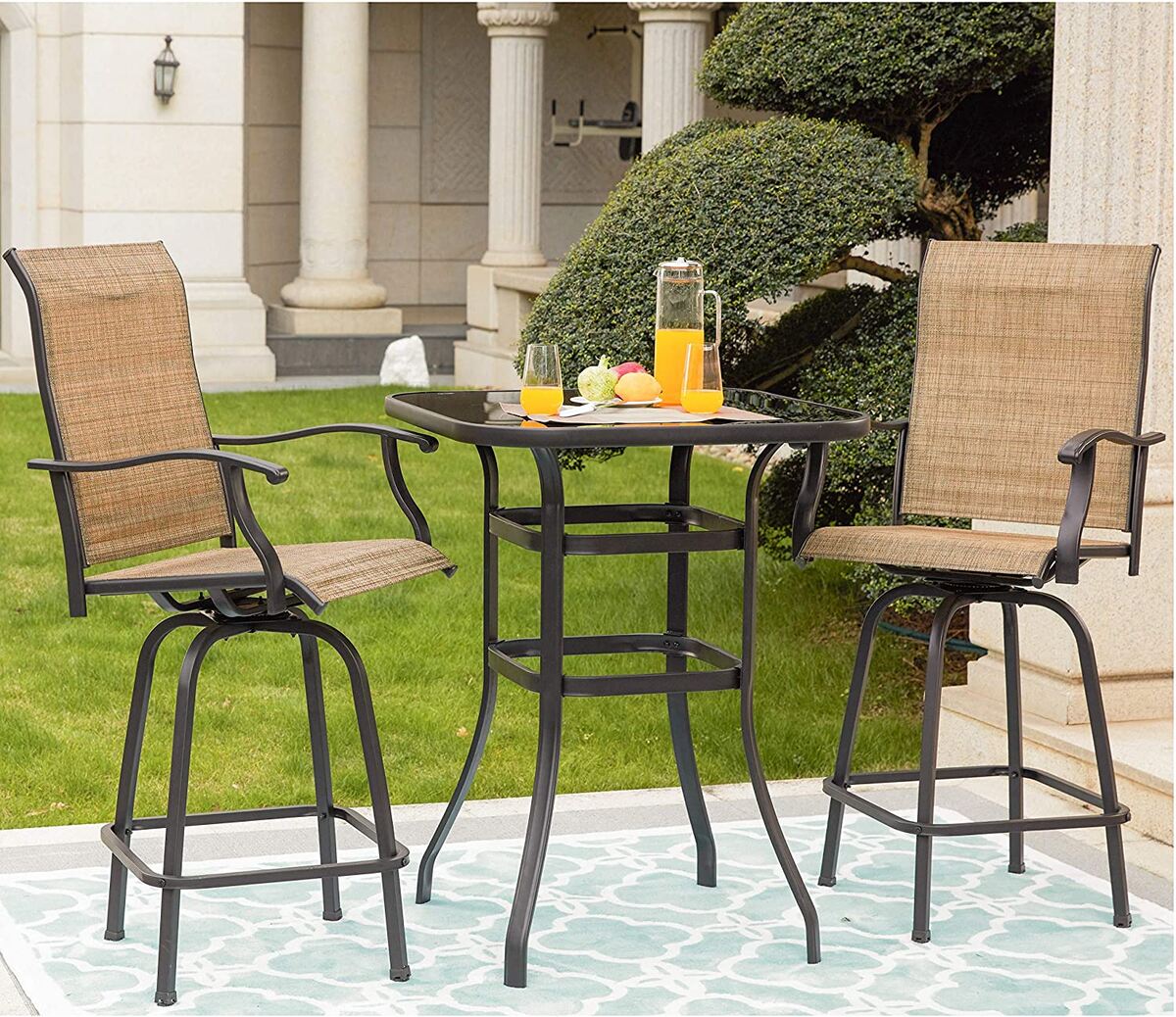
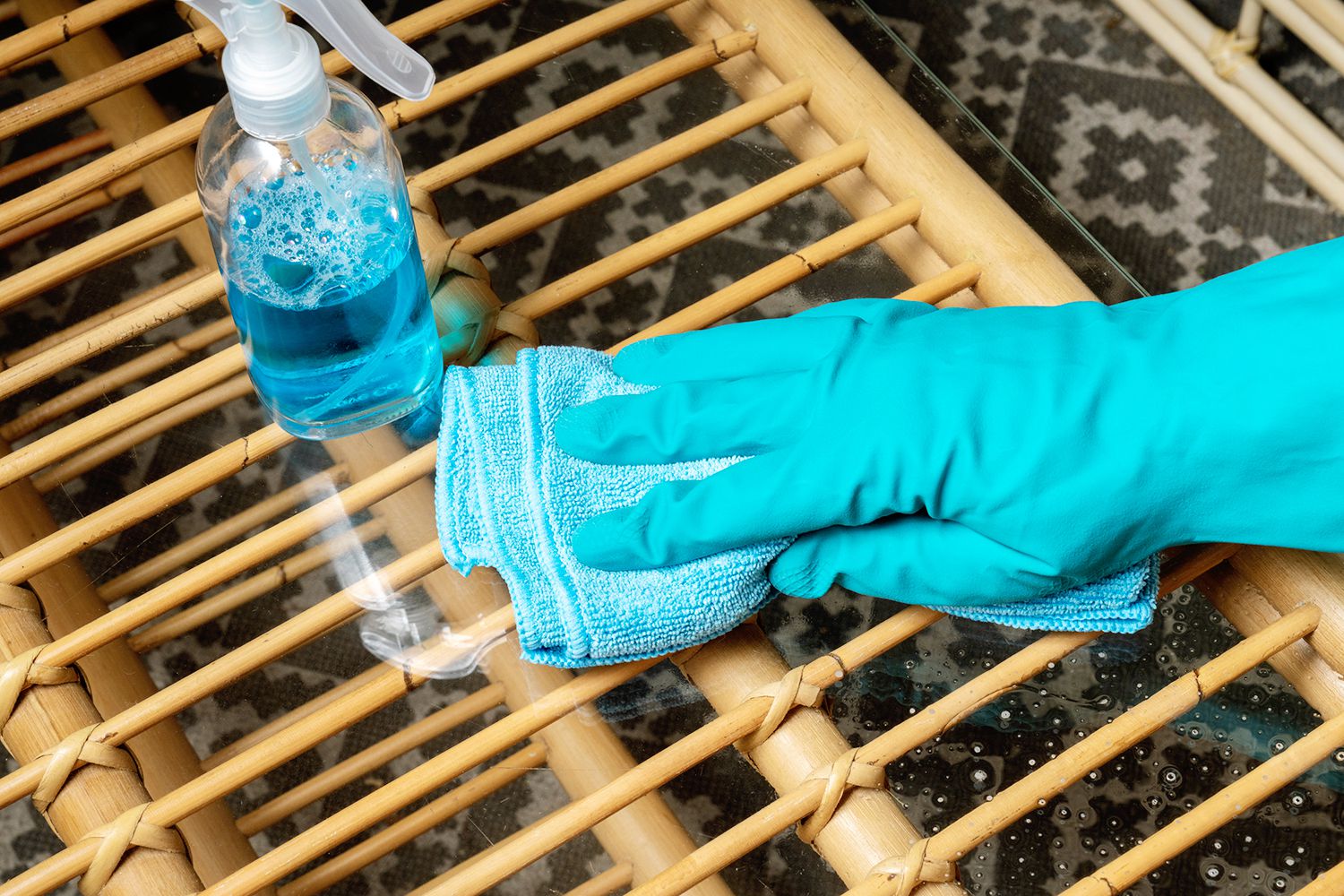


0 thoughts on “What To Clean Patio Furniture With”